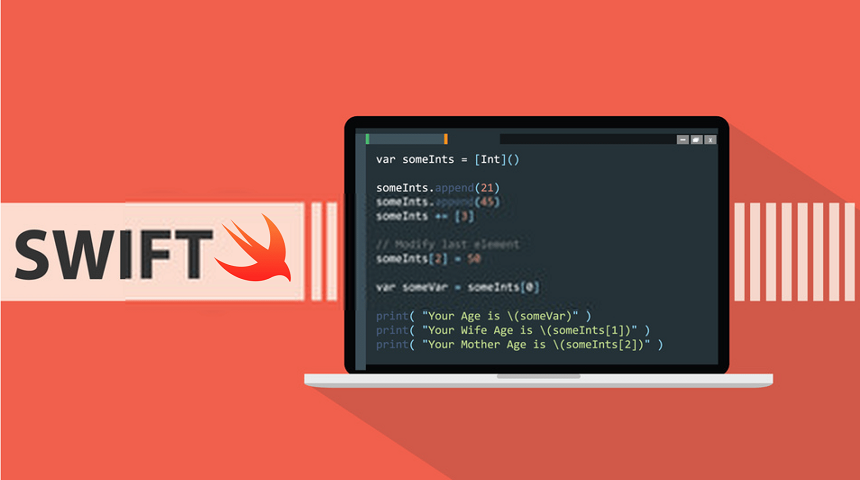
Free eBooks for Beginners
Math is a subject that is crucial to our daily lives and also to many careers. In this article, we will focus on the topic of “SWIFT for Beginners – Structs”. Structs is a fundamental topic in the programming language, Swift, which is used for developing iOS and macOS applications.
So, what exactly are Structs in Swift? Structs are a custom data type that you can create in Swift to group together related data. This data can be anything from simple numbers and strings to more complex data types like arrays or other structs. Structs in Swift are similar to classes in other programming languages.
One of the main differences between Structs and Classes is that Structs are value types, while Classes are reference types. This means that when you assign a struct to a new variable or pass it to a function, a new copy of that struct is created. With Classes, only a reference to the original object is created, so if you make changes to the object in one place, they will be reflected everywhere the reference is used.
In addition to this, Structs in Swift also have a few other features that make them a good choice for certain situations. For example, Structs can be created without having to write any initializer or deinitializer methods, and they also automatically get memberwise initializers, which can make it easier to initialize new instances of a struct.
So, how do you create and use Structs in Swift? To create a Struct, you start by writing the keyword “struct” followed by the name of your struct. Then, inside the braces, you list the properties or data that the struct should contain. Here is a simple example:
struct Person {
let firstName: String
let lastName: String
let age: Int
}In this example, we have created a struct called “Person” that has three properties: firstName, lastName, and age. All three properties are constants (let) and have specific data types: String, String, and Int, respectively.
Once you have created your struct, you can use it just like any other data type in Swift. For example, you can create a new instance of the struct like this:
let person = Person(firstName: "John",
lastName: "Doe",
age: 30)And you can access the properties of the struct like this:
let firstName = person.firstName
let lastName = person.lastName
let age = person.ageYou can also add methods to your struct, which allow you to perform actions using the data stored in the struct. For example, you might add a method that calculates the person’s full name based on their first and last name:
struct Person {
let firstName: String
let lastName: String
let age: Int
func fullName() -> String {
return firstName + " " + lastName
}
}Now you can use the fullName method like this:
let fullName = person.fullName()In conclusion, Structs are a powerful tool in Swift that can help you organize and structure your data in a way that makes sense for your specific needs. Whether you’re a beginner or an experienced programmer, understanding how to use Structs is a valuable skill that can help you write better, more efficient code.
Cookbook – SWIFT for Beginners – Chapter 09 : Structs
 Loading...
Loading...
Disclaimer: The information and code presented within this recipe/tutorial is only for educational and coaching purposes for beginners and developers. Anyone can practice and apply the recipe/tutorial presented here, but the reader is taking full responsibility for his/her actions. The author (content curator) of this recipe (code / program) has made every effort to ensure the accuracy of the information was correct at time of publication. The author (content curator) does not assume and hereby disclaims any liability to any party for any loss, damage, or disruption caused by errors or omissions, whether such errors or omissions result from accident, negligence, or any other cause. The information presented here could also be found in public knowledge domains.